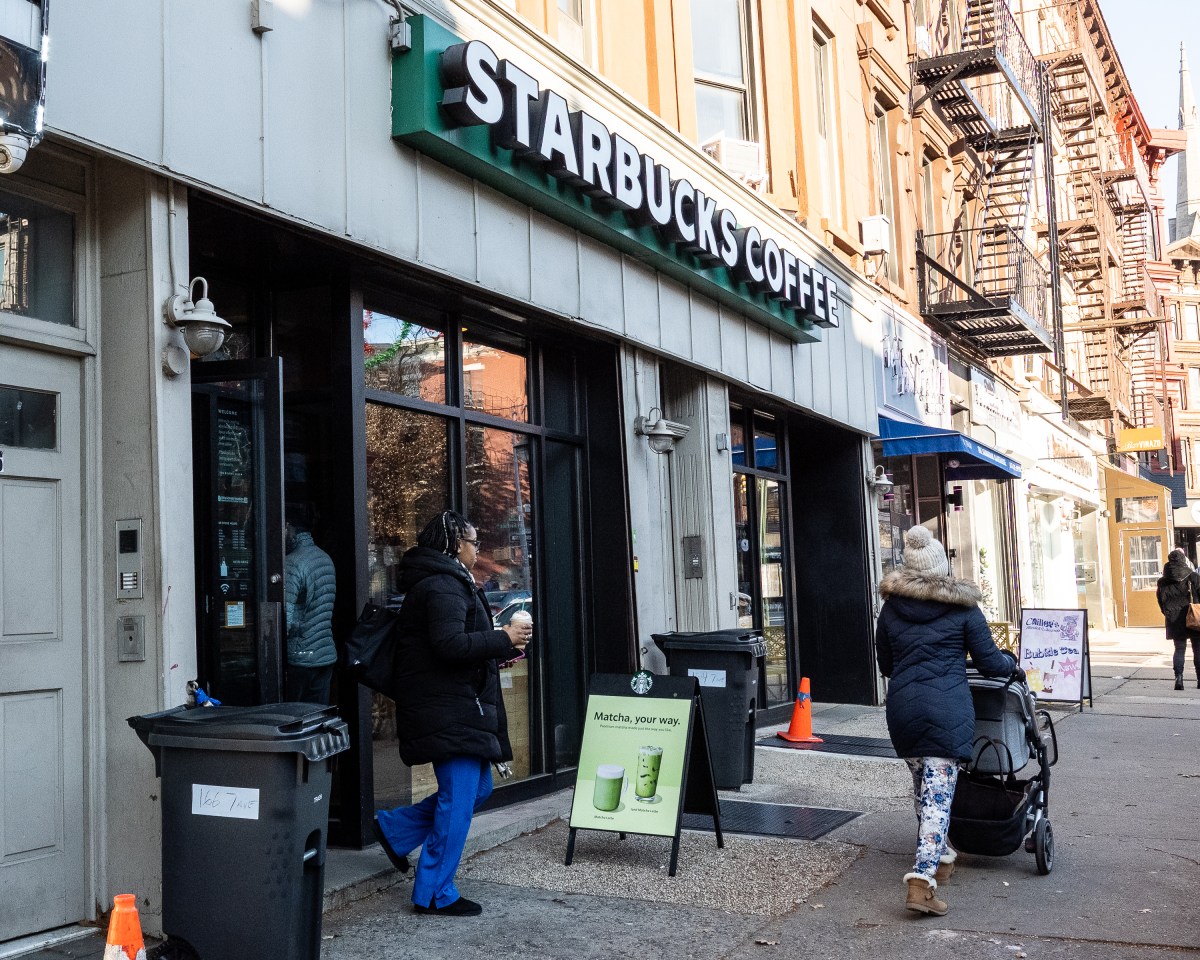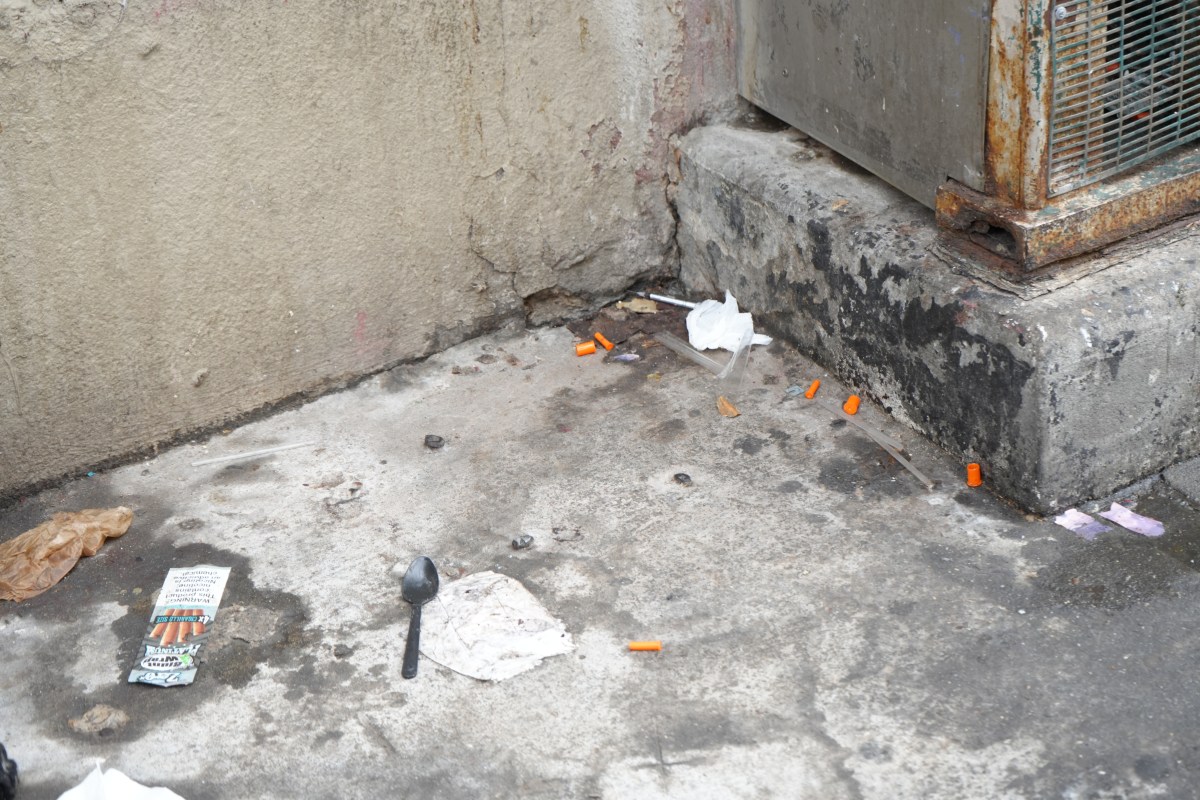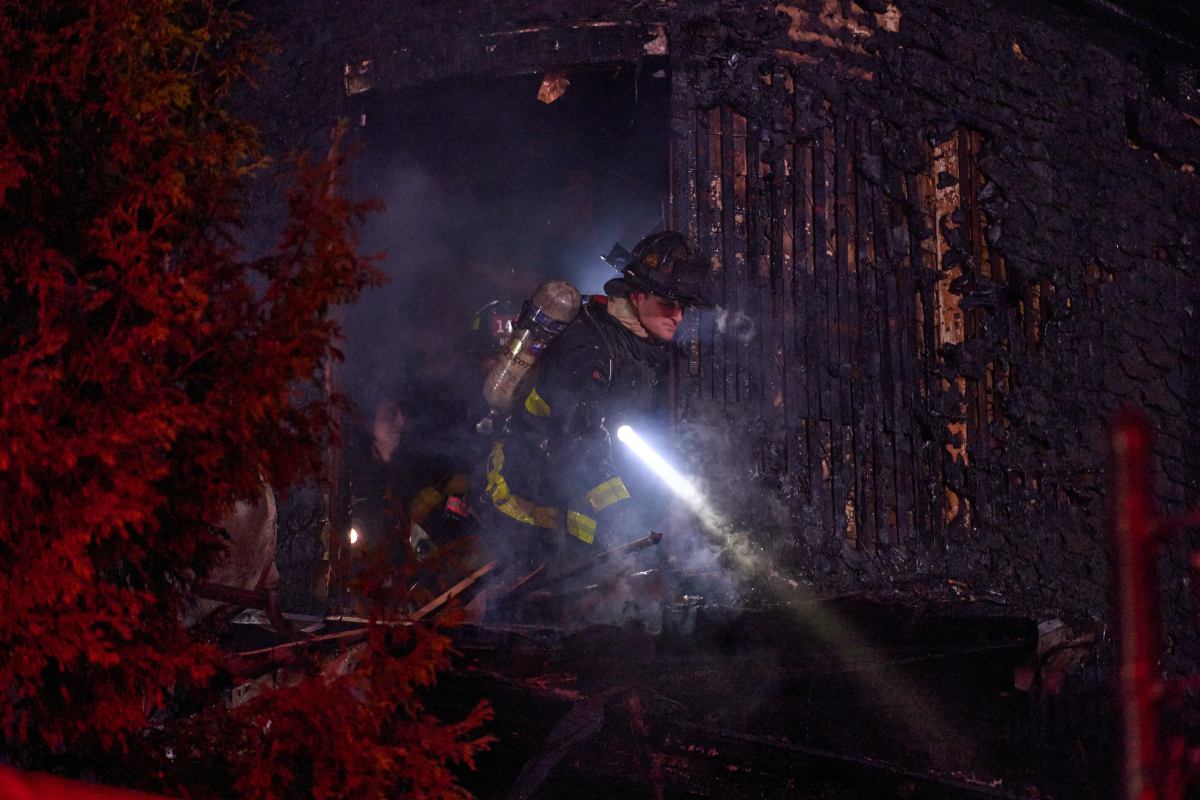BY HOWARD SCHNEIDER
Six weeks after President Donald Trump declared a national emergency over the spreading new coronavirus, the United States is deeply divided over the correct economic and health response.
What was meant as a grand experiment in fast action, nearly $3 trillion in federal support to keep U.S. companies and individuals afloat as economic activity froze, is slipping into a morass of finger-pointing and uncertainty.
Millions of workers in the world’s largest economy are wondering when their unemployment benefits will arrive or even when they might be able to register for them. Groups of businesses are squaring off to compete for help. State and city governments are going their own, sometimes conflicting, ways in decisions on when to let business reopen during an infectious national health crisis that does not respect borders.
As a health matter, the approach has also become a mosaic, with a president prone to recommending off-the-cuff and even potentially dangerous remedies, and state officials who agree generically that “more” testing is needed but not exactly on how much more would be required for public safety.
Meanwhile the United States’ more than 50,000 COVID-19 deaths are the most in the world, though on a population-adjusted basis its roughly 160 deaths per million as of last week are well below major European nations like Italy, France and Spain.
Congressional approval in late March of the $2.3 trillion CARES Act was an initially optimistic sign that the U.S. government was united and ready to replace workers’ wages and firms’ revenue with few questions asked as the country battled the coronavirus pandemic. A follow-on package worth nearly $500 billion passed Friday shows the spigot is still open.
But old fault lines reappeared this past week and may get worse in days to come. Oil and other industries are lobbying for more cash, states are demanding aid, and what was meant to be a moment when help rolled out fast has instead generated outrage over who has and has not been helped .
Harvard University, singled out by President Donald Trump for the size of its endowment, sent back $8.6 million allocated according to a formula that applied to all colleges and universities. Several other elite institutions include Yale and Stanford followed suit.
Publicly traded companies that picked up small business loans, squeezing out mom-and-pop shops who say they couldn’t access the money, also are starting to return them after the loans were disclosed in public records and flagged in media reports.
Restaurant chains Shake Shack and Ruth’s Chris are among the companies returning multi-million dollar loans received under the lending program, despite explicit wording that let chain restaurant and hotel corporations borrow on the basis of each of their locations, not their overall corporate size.
Other publicly traded companies are digging in and keeping the money, risking a backlash.
Uncertainty also surrounds key programs like expanded unemployment insurance. Increased benefits were approved as a way to replace lost wages for workers ordered off the job by mandated shutdowns of some businesses and the voluntary closure of others as demand for products and services cratered.
The economic argument for the expanded payments to individuals reflected a rare consensus among conservative and liberal economists that this was a moment to set aside arguments about equity and incentives and write checks, rather than risk driving the economy into a more permanent downturn.
But even before the full set of new benefits has started to flow, states like Georgia and South Carolina have begun asking businesses to reopen, defying the recommendations of many health experts.
That is forcing a choice among employees that was supposed to be avoided: expose yourself to health risks or have no money to pay your bills.
And in a new fissure Senate Majority Leader Mitch McConnell, a Kentucky Republican, suggested states could go bankrupt rather than expect any more federal aid as they cope with cratering tax revenues.
His comments echo what some regarded as a critical mistake in the years following the 2007 to 2009 financial crisis and recession, when slashed government spending became a drag on Gross Domestic Product during a weak recovery.
The widespread confusion and division could spell even more serious trouble if, as many expect, infections surge again down the road, normal commerce has to be suspended again, and even more rounds of emergency assistance are needed.
“My fear and concern is that we will see a fatigue…emerge in Washington with regard to aid and eventually stimulus for an economy that may or may not have enough jobs,” said Diane Swonk, chief economist at Grant Thornton. “We have to be prepared to course correct on aid and stimulus. COVID is the iceberg and we are trying to get the lifeboats…We still have a long way to go.”



































